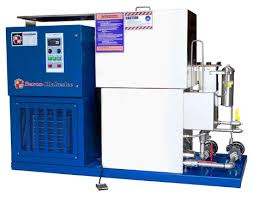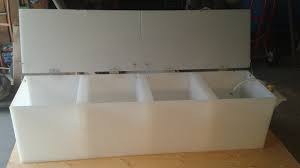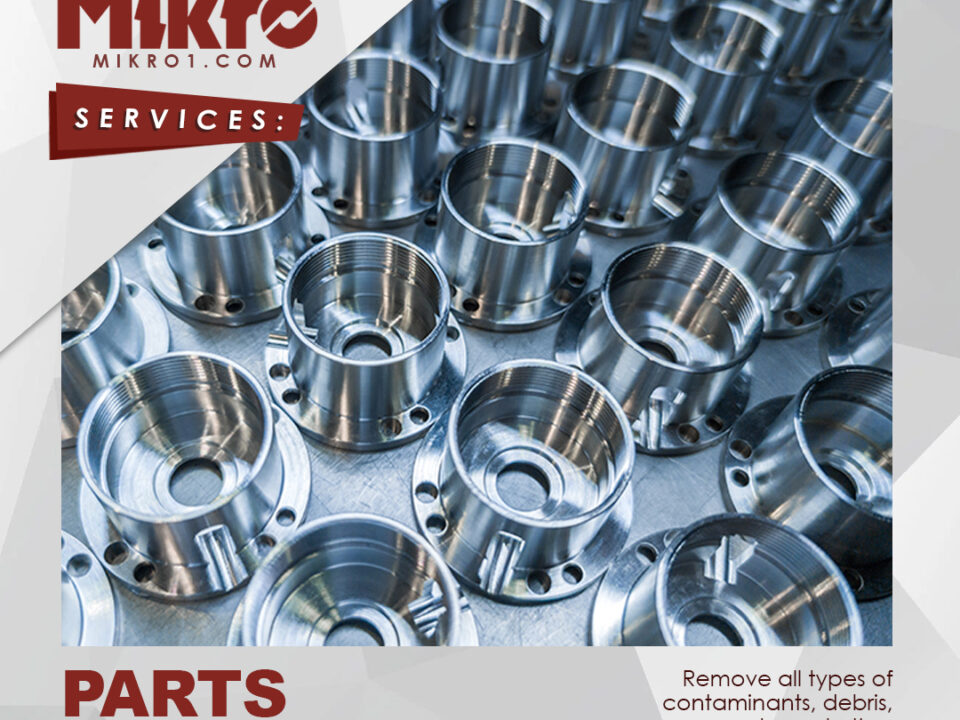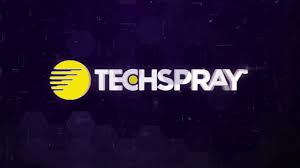
Switching to a Cleaner Solvent
October 28, 2020
Vapor Degreaser Installation and Process Testing Guide
October 28, 2020Parts cleaning is an important part of many industrial processes and one that should always be executed with maximum efficiency. Cleaning manufactured parts at the most efficient rate means using the right kind of method for cleaning to suit the type of process and the kind of part that is being cleaned. Two of the most popular parts cleaning methods are vapor degreasing and ultrasonic cleaning. What exactly are these two methods and how does comparing vapor degreasing and ultrasonic cleaning benefit your industrial facility?
Defining the Cleaning Methods
Vapor degreasing is a parts cleaning method that uses a vaporized solvent in order to dissolve dirt and contaminants off of the parts being cleaned, often with a secondary step that rinses off the parts with the liquid solvent. In a vapor degreasing machine, the solvent is boiled, releasing the vapor, and the parts are placed above it to absorb and be cleaned by the vapor before moving to the secondary chamber for further cleaning, if applicable. Ultrasonic cleaning, by contrast, uses only a liquid solution, almost always a water-based one, and then uses sound waves to agitate the solution. This agitation creates microscopic bubbles that force off contaminants when they pop, achieving a very deep clean on parts.
Why Choose When You Can Have Both?
Baron Blakeslee offers (2) sump configurations in their “M” and “Z” Series line of degreasers. This allows the operator to utilize the boil sump for the “rough” clean. All of the rough contaminants will slough off the part, into the boil sump, where it will be circulated through the element filtration system and returned to the boil sump. This will remove the heavy particulate, avoiding any possible re-deposition on the part. The magic is in the second, or the “clean” sump. You can add Weber ultrasonics to this sump as an option. This will dramatically improve the machines ability to clean complex geometries, blind and through holes, as well as removing some of the more difficult contaminants produced in manufacturing. The operator would simply turn on the ultrasonics when needed, or add them to the automated process in the PLC. Why choose between the two exceptional cleaning methods when you can have both?
The best method to clean your parts is yours to make as a business owner or facility manager. If you are unsure about which method is best suited for you and your industrial operations, we at Mikro Industrial Finishing are here to help offer advice and the best parts cleaning equipment on the market. To learn more about our equipment and Job Shop for batch processing, please call us any time at (860) 875-6357.
